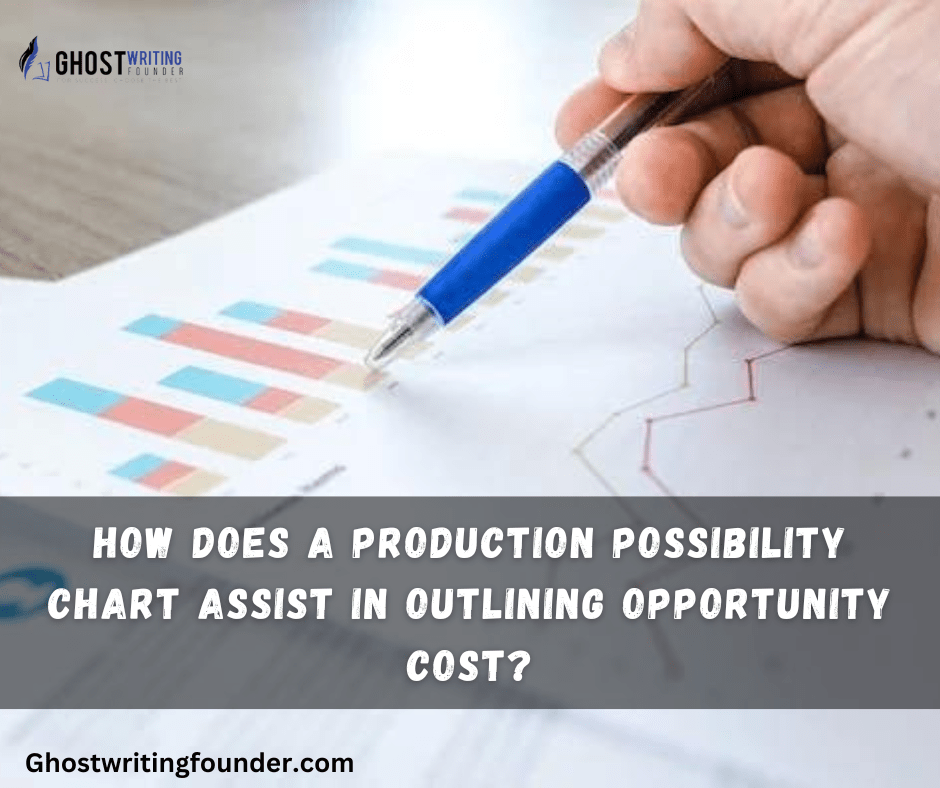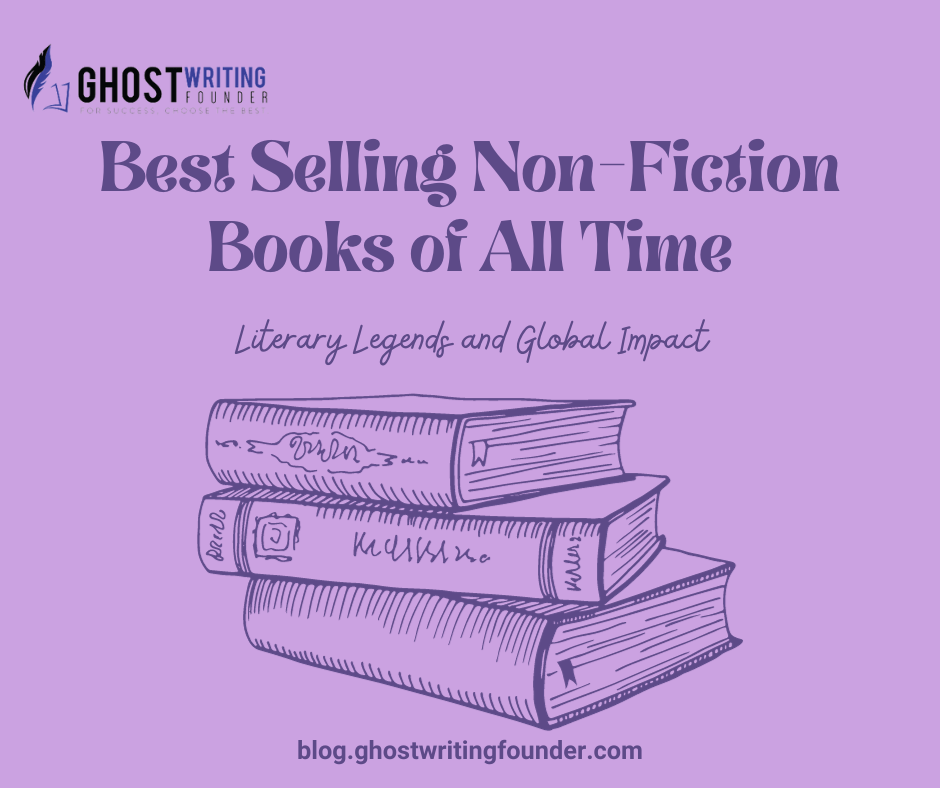
Publishing Writing
In economics, it’s important to understand the idea of “opportunity cost” if you want to make smart choices. Opportunity cost is the price of the next best choice you give up when choosing one option over another. Economists often use production possibility charts to study and show how opportunity costs work, a concept that is further elaborated in the article How Does a Production Possibility Chart Assist in Outlining Opportunity Cost? These charts visually show the trade-offs that must be made when deciding where to put limited resources among competing options. In this piece, we’ll examine how a production possibility chart helps show opportunity cost and its importance when making decisions.
What is a Production Possibility Chart?
A production possibility curve (PPC) is a graphical representation of the trade-offs between two goods that must be made when allocating scarce resources. These resources can be anything from labor to raw materials and energy.
The goal of a PPC is to show how much of one good can be produced given the availability of another good. For example, if three workers are available and two machines are available, how many shirts can each worker make per hour?
The answer depends on how many shirts each machine can produce per hour. If the first machine can produce five shirts per hour and the second machine can produce four shirts per hour, then it would take three hours for each worker to make five shirts. But if each machine could produce six shirts per hour, it would only take one hour for each worker to make six shirts.
How Does a Production Possibility Chart Work?
The production possibility curve determines how much a good would cost if it couldn’t be made. The curve is made by putting the production level of one good on the vertical axis and the largest amount of that good that can be made with a certain number of resources on the horizontal axis.
The curve shows the link between the two goods and the rule of diminishing marginal utility. When more of one thing is sold, less of something else has to be sold.
The slope of each line is based on how much output is lost when one unit of one product is given up to make more units of another product. If the slope is higher, more of one product must be given up to make more of another. There are many insights on book writing on the given topic.
Why does the opportunity cost important in decision-making?
Opportunity cost is a very important part of making decisions because it helps people and businesses know the pros and cons of each choice. When people and businesses consider the potential cost, they can make better decisions that fit their goals and preferences. When choosing, it is important to think about what we might lose or give up by going with one option over another. By considering each option’s pros and cons, we can make better, more well-thought-out choices that meet our needs and wants, similar to how one would analyze a character’s journey in literature.
How Does a Production Possibility Chart Assist in Outlining Opportunity Cost?
A production possibility chart assists in outlining opportunity costs by demonstrating the trade-offs associated with allocating resources between different goods or services. It highlights the relationship between the production quantities of one product and the sacrifices in terms of the other product.
Understanding the Opportunity Cost
The opportunity cost is the cost of choosing one alternative over another. This is important to consider when deciding how to allocate resources and make investments. For example, if you have $1,000 to invest and choose to invest in a savings account, you have lost the opportunity to invest in other things like stocks or bonds. If you choose not to invest, you have lost out on earning interest or dividends on your money.
Production Possibility Curve
A (PP Curve) is a graphical representation of possible combinations of goods produced with a given level of inputs. The PP Curve demonstrates how two products can be traded against one another based on their relative costs and benefits, which is a principle that can be seen in action in the best-selling non-fiction books of all time. For example, if it costs $200 per unit of good X and $150 per unit of good Y, then producing 5 units of good Y requires giving up 5 units of good X. This can be demonstrated by using an equation: 5X = 200 + 150Y (where X represents good X and Y represents good Y).
Visualizing Trade-Offs
The graphical nature of the chart allows for clear visualization of the trade-offs between goods, similar to how visual aids can enhance the storytelling in comic books. As the production of one good increases, the production of the other good decreases. This visual representation aids decision-makers in understanding the implications of resource allocation.
Determining Efficiency
The production possibility chart helps identify the most efficient allocation of resources. Given the available resources, the points along the possibility frontier represent maximum output combinations. Deviating from this curve indicates underutilization or inefficiency in resource allocation.
Analyzing Economic Growth
By comparing different production possibility charts over time, economists can assess an economy’s growth and technological advancements. If the possibility frontier shifts outward, it indicates an increase in the economy’s capacity to produce both goods, leading to higher living standards.
Evaluating Comparative Advantage
The possibility chart can also assist in determining an individual or a country’s comparative advantage. Comparative advantage refers to the ability to produce a good or service at a lower opportunity cost than others. Analyzing the PPC, one can identify the area where the opportunity cost is lower, indicating a comparative advantage.
Assessing Efficiency of Resource Allocation
The PPC helps assess the efficiency of resource allocation within an economy. If the economy operates below the production possibility frontier, it suggests that resources are not being utilized optimally, much like how SEO blog writing optimizes content to make the most of digital resources. In contrast, operating at the frontier signifies efficient allocation. You can keep your book editing up to date by analyzing the above factors.
Key Characteristics and Profound Details
| Economic Concept | Insights and Applications | Practical Implications |
|---|---|---|
| Opportunity Cost | Understanding the cost of choosing one alternative over another. | Helps in evaluating the benefits and sacrifices associated with each decision. |
| Production Possibility Chart (PPC) | A graphical tool to visualize trade-offs and resource allocation. | Assists in illustrating the maximum potential of producing two goods. |
| Resource Allocation | The distribution of scarce resources among competing options. | Critical for optimizing output and efficiency in production. |
| Efficiency in Production | Identifying the most efficient resource utilization. | Enables businesses to maximize output and minimize waste. |
| Economic Growth Analysis | Assessing growth and technological advancements through PPC. | Useful for policy-making and forecasting future economic scenarios. |
| Comparative Advantage Analysis | Determining areas of lower opportunity cost in production. | Aids in strategic decision-making for international trade and investment. |
| Assessing Trade-Offs | Visualizing the impact of producing more of one good over another. | Enhances understanding of market dynamics and consumer preferences. |
Conclusion
A production possibility chart is a great way to outline and understand missed opportunities’ costs. Showing visually the trade-offs that come with allocating resources helps decision-makers weigh their choices’ pros, cons, and efficiency. By looking at PPC, economists can measure economic growth, find comparative advantage areas, and determine how well a country uses its resources, which is crucial in understanding the human mind and behavior in economics. People and businesses can make better, more strategic choices in a world that is always changing if they understand the idea of opportunity cost and use production possibility charts. If you want more content on this topic, Ghostwriting Founder can help you in content creation.









Leave a Reply